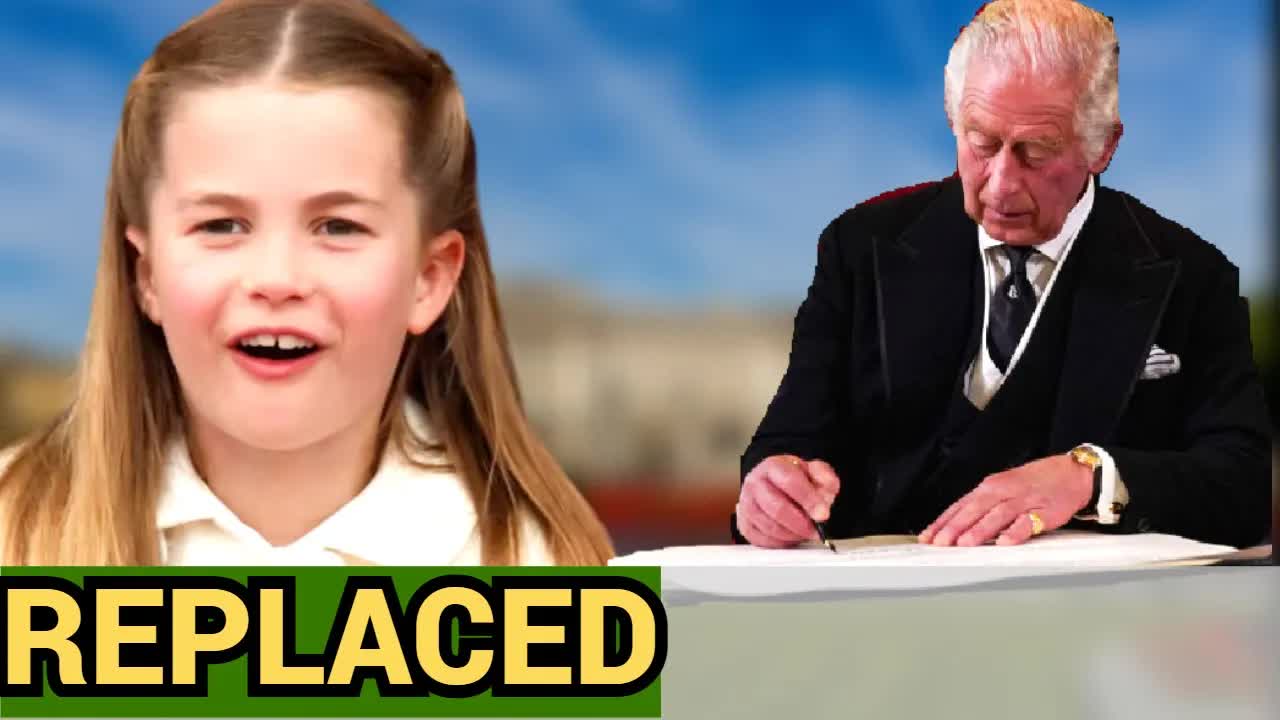The News
Princess Charlotte: A Royal Journey of Titles and Transformation
Princess Charlotte, born on May 2, 2015, has quickly become one of the most beloved figures in the British royal family.
Her titles tell a story that intertwines tradition with modernity, showcasing a significant evolution in the monarchy.
From her initial title as Princess Charlotte of Cambridge to her current designation as Princess Charlotte of Wales, her journey reflects not only her personal growth but also the changing landscape of royal titles.
Charlotte's story is particularly remarkable because she holds the distinction of being the first female royal in history to maintain her place in the line of succession, despite having younger brothers.
This groundbreaking shift can be traced back to the 2013 Succession to the Crown Act, a pivotal reform introduced by Queen Elizabeth II.
This act abolished the long-standing practice of male primogeniture, which had previously favored younger brothers over older sisters.
Thanks to this change, Charlotte remains fourth in line for the throne, following her grandfather, Prince Charles, her father, Prince William, and her older brother, Prince George.
The significance of these changes extends beyond Charlotte's personal status.
They symbolize a broader transformation within the monarchy itself.
Historic protocols set by her great-great-grandfather, King George V, had previously limited royal titles to children and grandchildren of the monarch through the male line.
Under these rules, only Prince George would have been granted the title of prince, while Charlotte and her younger brother, Louis, would have been excluded.
However, with Queen Elizabeth's reforms, Charlotte was bestowed the title of Her Royal Highness Princess Charlotte of Cambridge, marking a modernizing shift that recognized all of Prince William and Princess Kate's children equally, regardless of gender.
As the years have passed, Charlotte's titles have continued to evolve.
The death of Queen Elizabeth II in 2022 ushered in a new era, with her son Charles ascending to the throne.
This transition brought about additional title changes, especially for Prince William and his children.
When William inherited the title of Prince of Wales, it naturally affected the titles held by his children.
Consequently, Charlotte's title changed to Princess Charlotte of Cornwall and Cambridge, before ultimately becoming Princess Charlotte of Wales, reflecting her father's new role.
This progression in titles is more than mere formality; it signifies Charlotte's connection to a lineage steeped in history and her potential future within the royal family.
The title of Wales links her to generations of royals who have carried this name, suggesting a future filled with responsibilities and honor.
Looking ahead, speculation surrounds the prestigious titles that might await Charlotte as she matures.
Observers are keenly watching for the possibility of her becoming the Duchess of Edinburgh, a title currently held by her great-uncle, Prince Edward.
As royal titles often revert back to the crown, it's plausible that if Prince William ascends to the throne, he could bestow this title upon Charlotte, honoring her legacy as his daughter.
Another title worth noting is that of Princess Royal, traditionally reserved for the eldest daughter of the reigning monarch.
This title is currently held by Princess Anne, but it could become available under certain circumstances.
Should William become king, there's a strong possibility that he may choose to grant Charlotte this esteemed title, continuing a lineage that stretches back centuries.
While many affectionately refer to Kate Middleton as Princess Kate, it's essential to recognize that her formal titles stem from her marriage to William.
Upon their union, she was granted titles such as the Duchess of Cambridge and later, Princess of Wales.
Yet, the title of Princess is a moniker bestowed upon her by the public, reminiscent of the affection shown to Princess Diana.
Kate's influence on Charlotte's upbringing will undoubtedly shape how she approaches her future roles within the royal family.
As Charlotte grows up, she does so under the watchful eye of the public and the weight of royal expectations.
Her life reflects a blend of tradition and progress, embodying a new chapter for the monarchy.
With her secure position in the line of succession, she exemplifies a more equitable royal lineage, contrasting sharply with previous generations.
Currently titled Her Royal Highness Princess Charlotte of Wales, her name resonates with the heritage of her father's role and the evolving nature of the monarchy.
However, this is just the beginning of her royal journey.
As time unfolds, new titles may emerge, further defining her place within this storied institution.
In essence, Princess Charlotte is emblematic of the monarchy's forward trajectory.
Her titles narrate a tale of adaptation and resilience, honoring the past while boldly stepping into the future.
The reforms initiated by Queen Elizabeth II were crucial milestones for gender equality, ensuring Charlotte's rightful place in history.
As she navigates her unique path, one thing is clear: whether she becomes the Duchess of Edinburgh, Princess Royal, or another distinguished title, Charlotte is poised to leave an indelible mark on royal history.


















































































